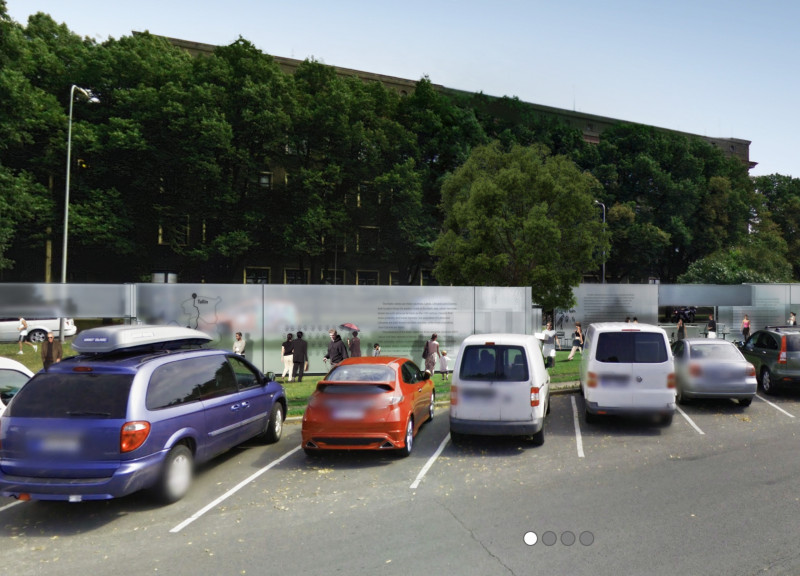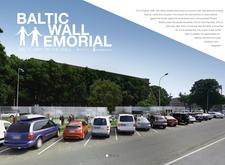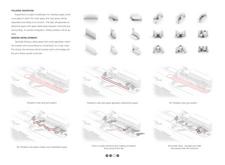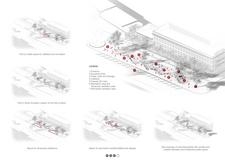5 key facts about this project
### Project Overview
**Location:** [Geographical Location]
**Architects/Designers:** [Names of Architects or Design Firms]
**Completed Date:** [Completion Date]
**Project Type:** [Residential, Commercial, Institutional, etc.]
The project, situated in [Geographical Location], is characterized by a deliberate approach that emphasizes contextual integration and functional design. The intent is to create a space that addresses the needs of its users while respecting the surrounding environment. A focus on [key themes such as sustainability, user engagement, or community impact] informs the architectural response, resulting in a cohesive design that balances aesthetics with practicality.
### Material and Structural Expression
The structural design incorporates [describe structural elements, e.g., steel frames, concrete forms], facilitating an efficient use of space while responding to [local climate, topography, or cultural context]. The material palette includes:
- **[Material 1 Full Name]:** This material is utilized for [describe its role, e.g., cladding, structural support], contributing to the building's thermal performance and visual coherence.
- **[Material 2 Full Name]:** Employed in [specific application], this material enhances durability and maintenance, aligning with sustainability goals.
- **[Material 3 Full Name]:** Selected for its [sustainability, aesthetic qualities, etc.], this material connects the design with its environment on both visual and functional levels.
This careful selection of materials not only supports structural integrity but also fosters local architectural traditions and environmental stewardship.
### Interior Layout and User Experience
The interior design prioritizes user experience through adaptable spaces that encourage interaction and flexibility. Key areas include:
- **[Specific Space 1]:** Designed with [features such as natural light, open plans], this space promotes [collaboration, privacy] while utilizing [specific materials or technology] to enhance functionality.
- **[Specific Space 2]:** This area serves as a focal point for [specific activities or community engagement], incorporating elements that cater to the holistic needs of users.
Lighting, spatial volume, and material textures are employed strategically to create a comforting and inviting atmosphere, enhancing the overall experience for occupants.
### Outdoor and Environmental Integration
The surrounding landscaping complements the architecture, featuring elements that promote biodiversity and local ecology:
- **[Landscaping Feature 1]:** This feature [describe its type and contribution to the project, e.g., native planting, water management system] reinforces ecological connectivity.
- **[Landscaping Feature 2]:** Designed to encourage [specific interactions, e.g., gathering spaces, pathways], this aspect fosters engagement between the building and its environment.
This integration not only improves the aesthetic appeal but also contributes to environmental sustainability by enhancing local flora and fauna.
### Unique Features
Notable innovations include [mention any advanced technologies or strategies, such as passive solar design, water recycling systems], which exemplify a commitment to sustainable design practices. These features not only fulfill operational efficiency but also serve as educational tools for users, illustrating the potential for sustainable living within the built environment.
The successful realization of the project illustrates a balanced approach to modern architectural challenges, marking a significant contribution to the ongoing dialogue between design and sustainability in [specific location].





















































